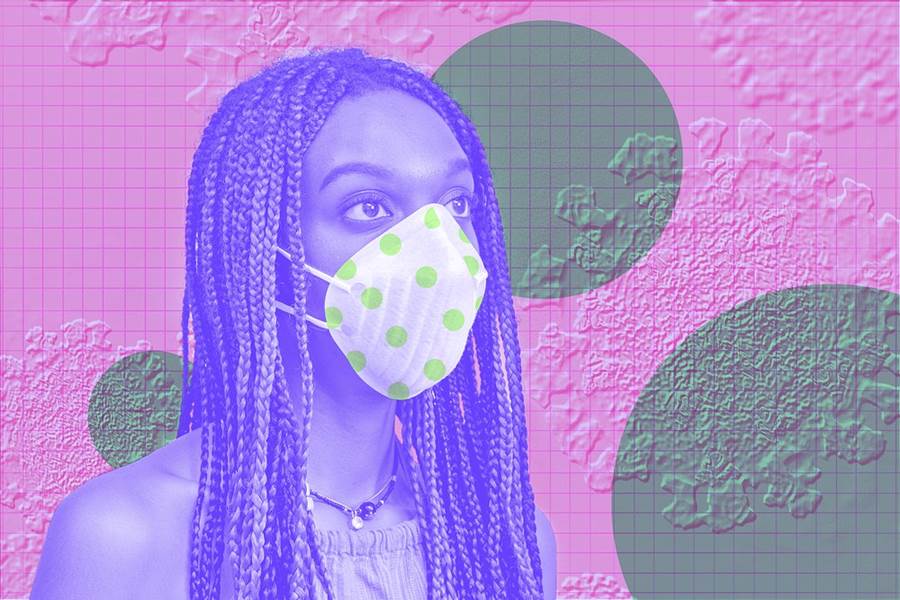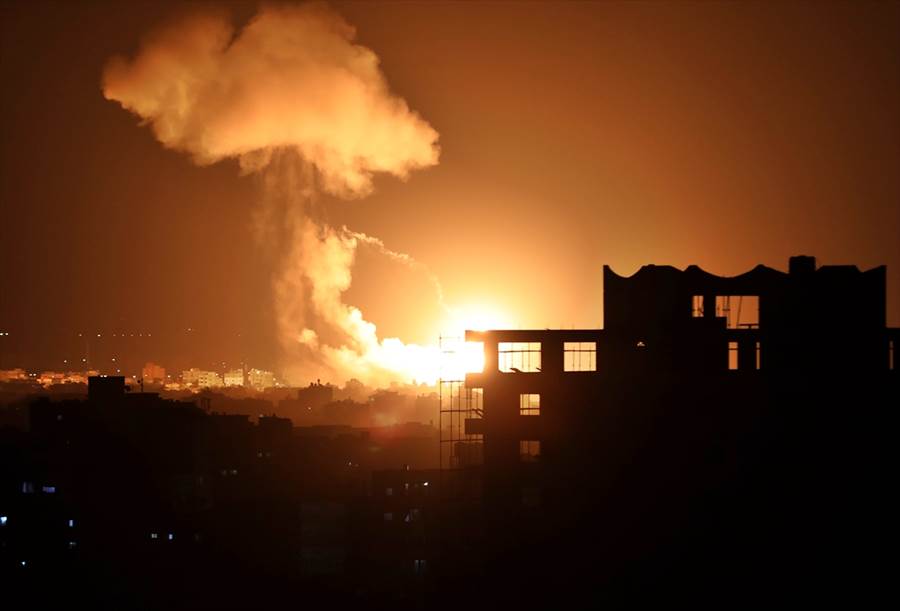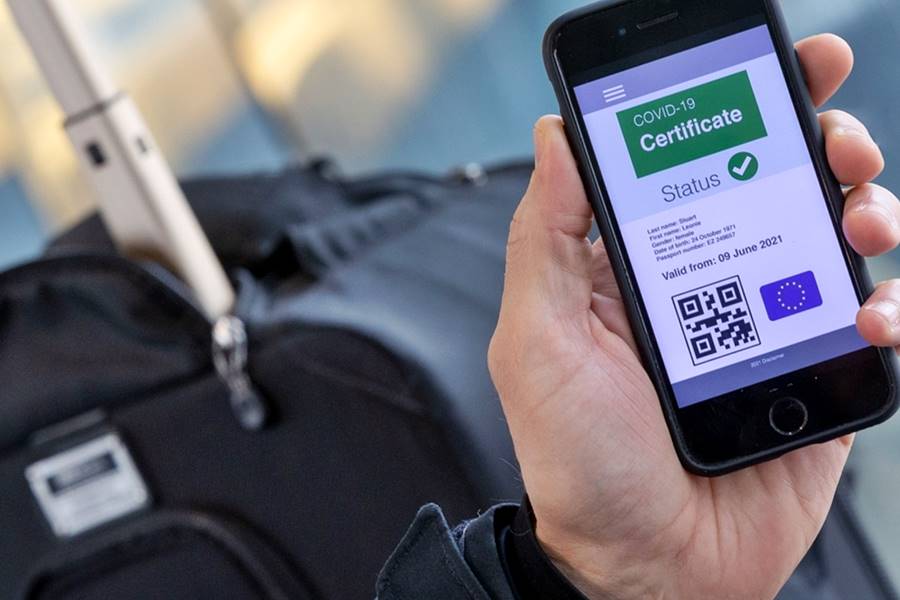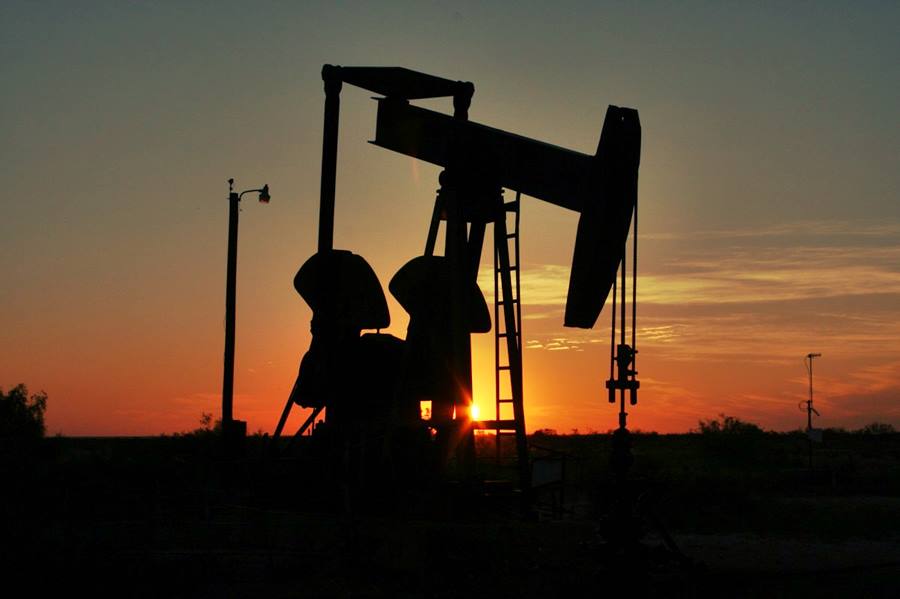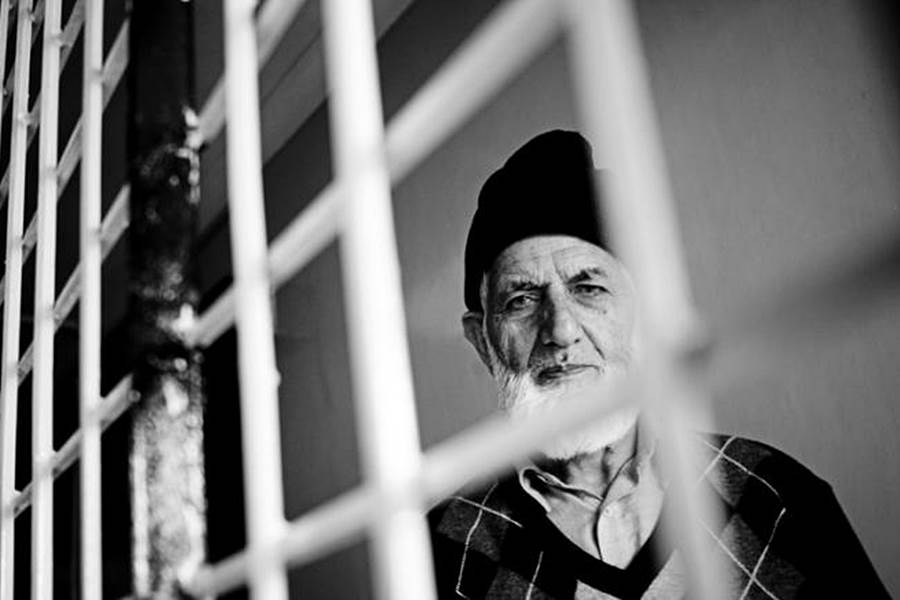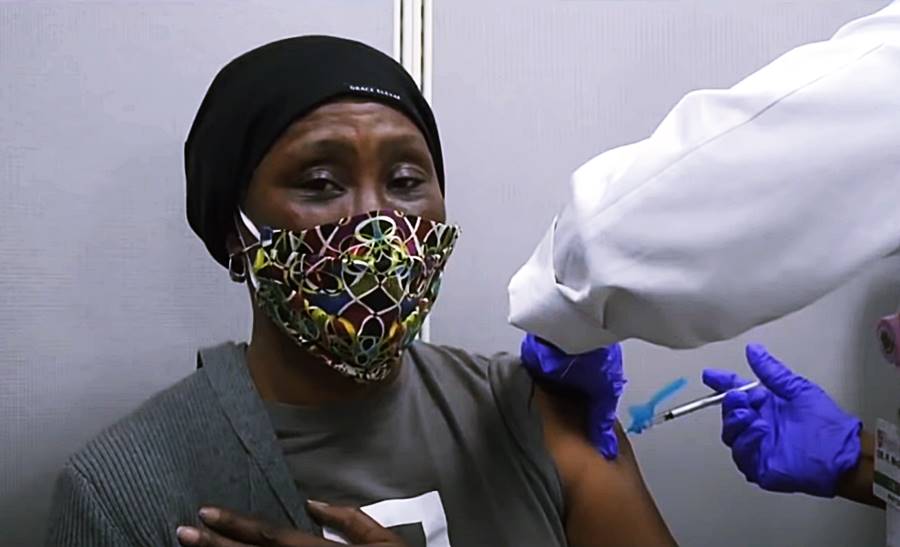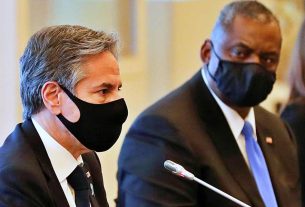Sat 27 March 2021:
The World Health Organization has warned the coronavirus pandemic could have a years-long effect on mental health.
In the year since the World Health Organization (WHO) declared the coronavirus a pandemic, billions of lives around the world have been upended. Experts have warned of the mental health toll amid an increase in reports of anxiety, depression and distress.
“From the very beginning of the pandemic, those of us who worked in the field knew that there … would be a mental health crisis,” Dr Steven Taylor, a professor and clinical psychologist at the University of British Columbia and author of The Psychology of Pandemics, told Al Jazeera.
During the pandemic, critical mental health services were halted in 93 percent of countries worldwide, according to the WHO, while demand for mental health support kept increasing.
WHO Director-General Tedros Adhanom Ghebreyesus said the effect would last for “many years to come”, as “each and every individual on the surface of the world … has been affected”.
Ministry of loneliness
Prior to the outbreak, the WHO said social disconnection was already a serious public health crisis. With governments imposing tough restrictions on work and social life, often ordering people to stay at home and not mix with others, loneliness has been a defining feature of the COVID-19 pandemic for many.
In Japan, the government created a Ministry of Loneliness, an initiative that came after the country saw a spike in suicide rates last year. Last month, Prime Minister Yoshihide Suga said women, in particular, were struggling with loneliness and urged the new minister of loneliness to identify solutions.
According to preliminary numbers released by the National Police Agency, a total of 20,919 people took their lives in 2020, an increase of 750 from the previous year. Local media reported it was the first year-on-year increase in 11 years.
In the United Kingdom, in the middle of the pandemic, charities also reported an increase in cases of loneliness among the elderly.
According to research conducted in the UK by PLOS ONE in September 2020, 36 percent of the interviewed people reported feeling sometimes or often lonely during the pandemic.
“Individuals who don’t have a strong social support network to begin and may end up being isolated by the nature of the disease, are a vulnerable group,” Dr Joshua Klapow, a clinical psychologist, told Al Jazeera.
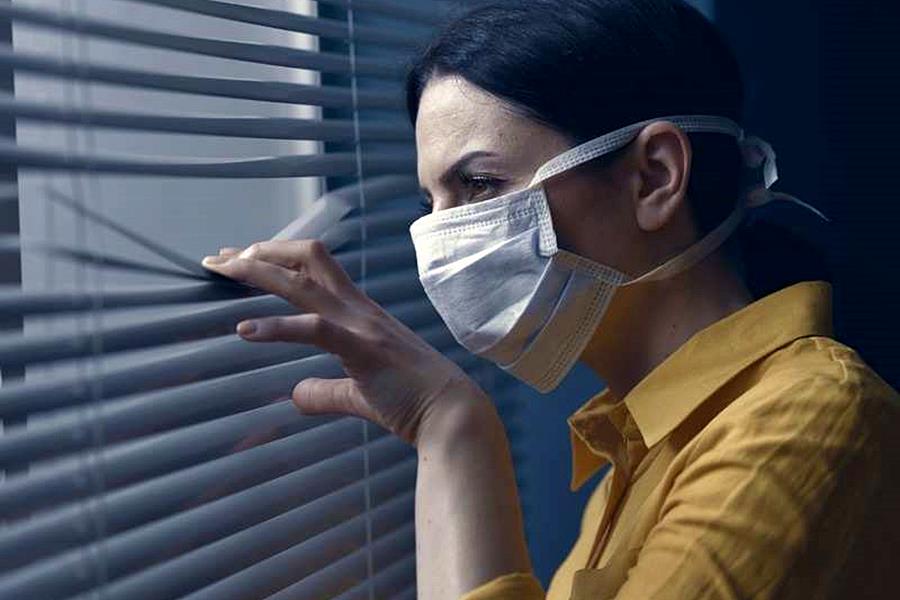
“They live alone and their family can’t visit them, they are at high risk as they can’t be supported either by their family or their friends or, religious organisations. And that isolation can lead to loneliness.
“When loneliness kicks in, we have feelings of hopelessness. We have feelings of helplessness that can lead typically to depression, or substance use.”
Feelings of depression, stress and anxiety
From the onset of the pandemic, health professionals highlighted the importance of monitoring rates of depression, stress and anxiety across vulnerable populations, including health workers.
According to a study conducted by Columbia University Mailman School of Public Health, released in March, the global prevalence of depression and anxiety during COVID-19 was 24 percent and 21.3 percent respectively.
The same report showed that prior to the pandemic in Asian countries, the estimate of depression prevalence ranged from 1.3 to 3.4 percent. Rates of anxiety in Asia prior to COVID-19 ranged from 2.1 percent to 4.1 percent, while in Europe estimates of anxiety prevalence prior to COVID were between 3 percent and 7.4 percent.
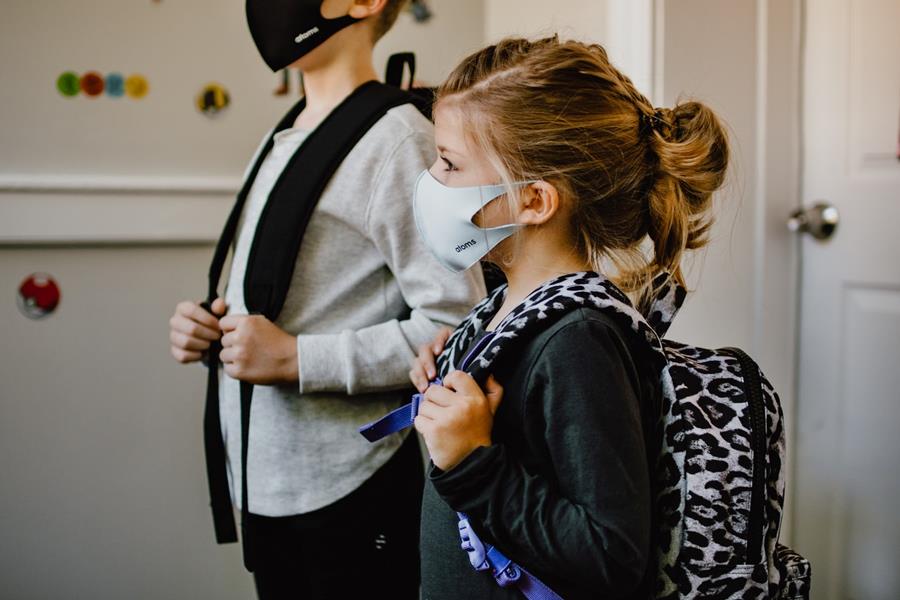
In China, a recent study showed 34.1 percent of people subjected to quarantine during the outbreak in early 2020 reported feeling at least one psychological symptom.
In the US about four in 10 adults reported symptoms of anxiety or depressive disorder during the pandemic, compared with up to one in 10 adults who reported the same symptoms from January to June 2019.
In the UK, by the middle of 2020, almost one in five adults experienced some form of depression, this almost doubled from about one in 10 before the pandemic, according to the most recent data released by the Office for National Statistics.
“[During this health crisis] you can’t separate the measures from the [symptoms] that we witnessed,” Dr Jose Ayuso-Mateos, Director of WHO’s Collaborative Center for Mental Health Services Research & Chairman at Universidad Autonoma of Madrid, told Al Jazeera.
“And in that regard, the most affected ones were the young people, the people that lived alone, those who have a previous health condition, those who have had a medical history, and front-line health workers,” he added.
Dr Ayuso-Mateos said emergency mental health cases among young people increased in Madrid.
“We had to open new beds and space for the young people, this was something we didn’t expect,” he said. “We saw an increment in the suicide attempts within the adolescent population.”
“We tend to think that the impact on people as being kind of the same, but there is great variation,” he said.
“For some people, they were relatively OK, because their lives were not heavily disrupted … but we [also] saw people that became isolated … or people whose life was turned upside down because a loved one was ill, or their social circles disappeared.”
“The more disruption, the more potential psychological damage,” he added.
Front-line health workers
Front-line healthcare workers were a highly vulnerable group as they were at a higher risk of not only being infected with the virus but also faced a high workload during the pandemic and in the early weeks lacked protective materials.
According to a recent review published in PLOS One, more than one in five front-line health workers experienced anxiety, depression, and post-traumatic stress disorders during the pandemic.
Across 65 studies involving 97,333 health workers, researchers found a high prevalence of depression, anxiety, and PTSD. On a regional level, estimates of depression and anxiety were highest in studies conducted in the Middle East.
“When we talk about healthcare professionals, we see that they’re pushing their psychological resources to the absolute limit,” Dr Klapow said.
“They’re very often in hopeless situations, where they can’t do what they’ve been trained to do. They can’t help people, or they’re watching people die.”
“We can see anxiety disorders, depression and alcoholism or substance use,” he added.
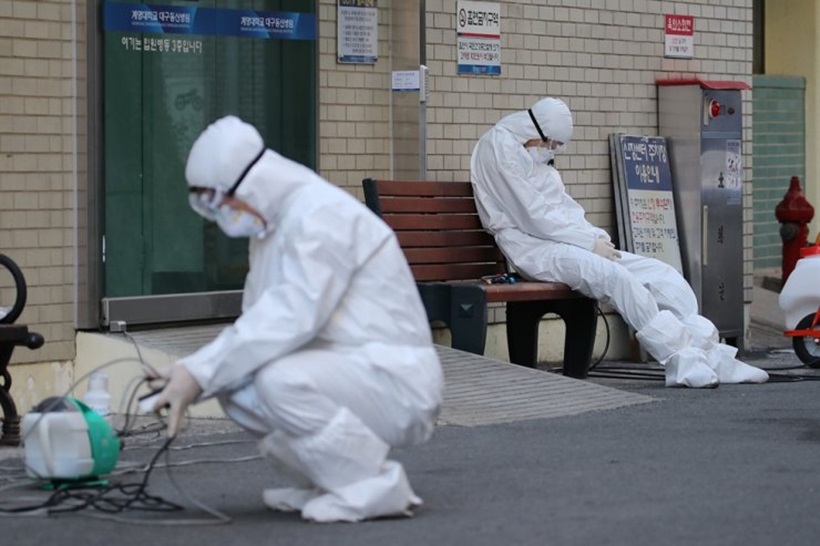
Dr Taylor cited an example in Chengdu, the capital of Sichuan province, where mental health workers set up a nightly programme about mental health issues.
“There was a self-help line where people could phone up and get advice .. and if they couldn’t solve the problems during the self-help consult, they got referred to Zoom meetings with mental health practitioners,” he said.
Despite the quick reaction of Chinese authorities, according to nationwide surveys, anxiety, and depression were prevalent among the country’s general population. But according to the Columbia study, China had the lowest prevalence of both disorders compared with other countries.
Can the world bounce back?
The WHO has warned the pandemic could generate mass trauma on a larger scale than World War II.
“After the second world war, the world has experienced mass trauma because the Second World War affected many lives. And now, even with this COVID pandemic, with bigger magnitude, more lives have been affected,” WHO Director-General Tedros Adhanom Ghebreyesus said in March.
“And that means mass trauma, which is beyond proportion,” he added.
“If you go back to 1919, during the Spanish flu, there was the pandemic, there was also encephalitis lethargica pandemic at the same time, the so-called sleeping sickness, there were childhood diseases, there was World War I happening, people died by the age of 60 … it was grim, and one year after all of that in 1920 people bounced back,” Dr Taylor explained.
“In 1919, everyone is wearing masks, and in 1920 no one is wearing masks. In Wuhan in August 2020, when they were released from the lockdown [people] just flopped out to parties.”
“[This will happen] for the people that, for example, developed COVID-19, developed PTSD, developed long COVID-19, they are the people who will experience the deep trauma,” he said.
“There might also be lingering economic hardships for people … the economic consequence, and they will take longer to recover from it.
“But for a lot of other people, they will just bounce back, and they will want to forget COVID-19.”

FOLLOW INDEPENDENT PRESS:
TWITTER (CLICK HERE)
https://twitter.com/IpIndependent
FACEBOOK (CLICK HERE)
https://web.facebook.com/ipindependent
Think your friends would be interested? Share this story!


